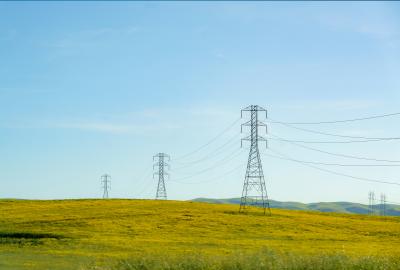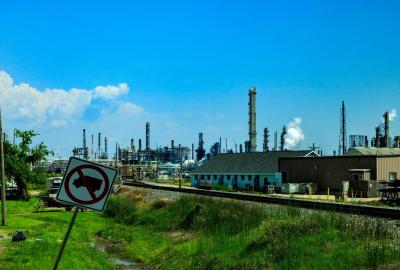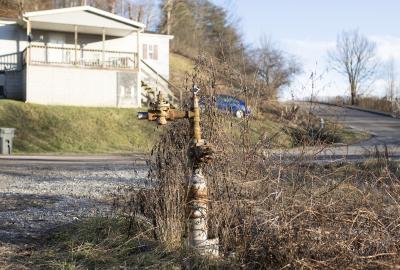
Wetlands are worth it
Why should we protect wetlands? Because wetlands protect us.
Swamps and marshes, mires, bogs and fens. They might sound like perilous places, but in fact, these wetlands actually save lives. Wetlands provide critical flood protection — one acre can store as much as 1.5 million gallons of floodwater, according to the U.S. Environmental Protection Agency.
Wetlands also filter pollution out of water and nurture copious fish and wildlife, including about half of all U.S. threatened and endangered species.
But wetlands are disappearing, due to threats like sea level rise and risky development. What’s more, a 2023 U.S. Supreme Court decision stripped millions of acres of American wetlands of their federal protection, paving the way for them to be filled up, polluted and destroyed.
Here’s why we can’t afford to lose more wetlands.
Wetlands reduce hurricane damage
Coastal wetlands serve as a shock absorber for violent storms, physically slowing down winds and waves before they reach the mainland. By reducing the impacts of wind and storm surge, wetlands save coastal communities $23 billion each year in damages. Flooding is the costliest form of natural disaster in the United States.
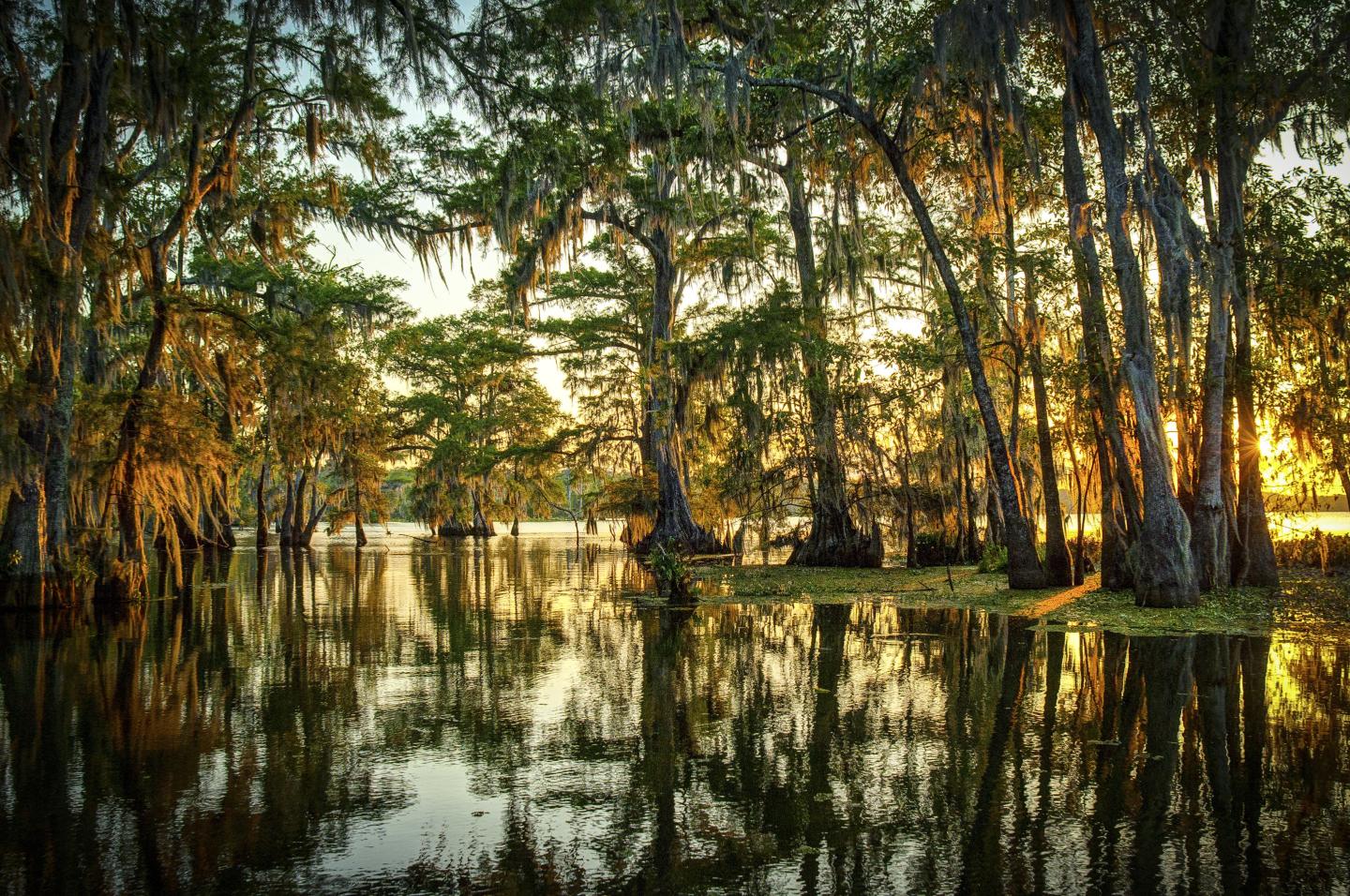
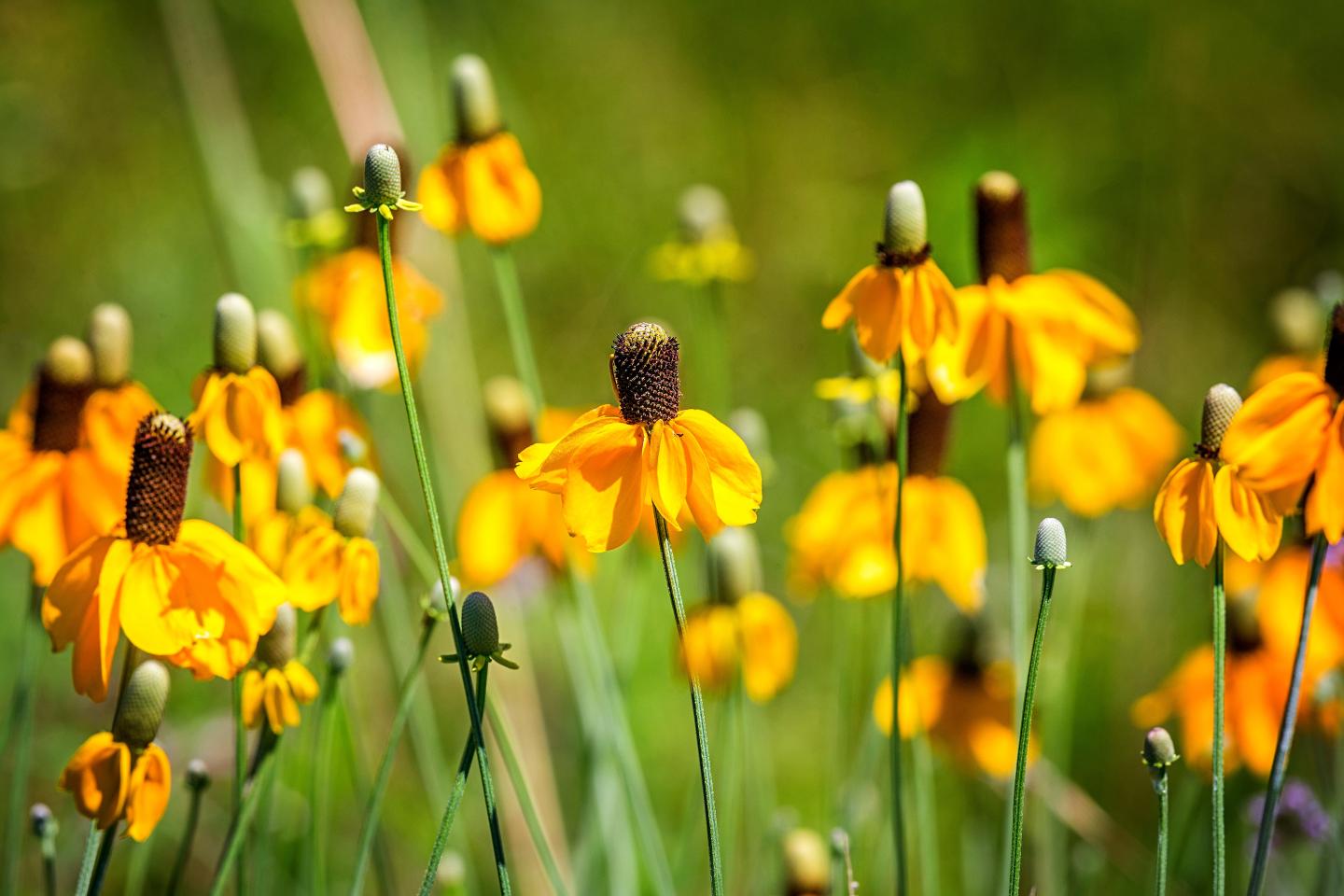
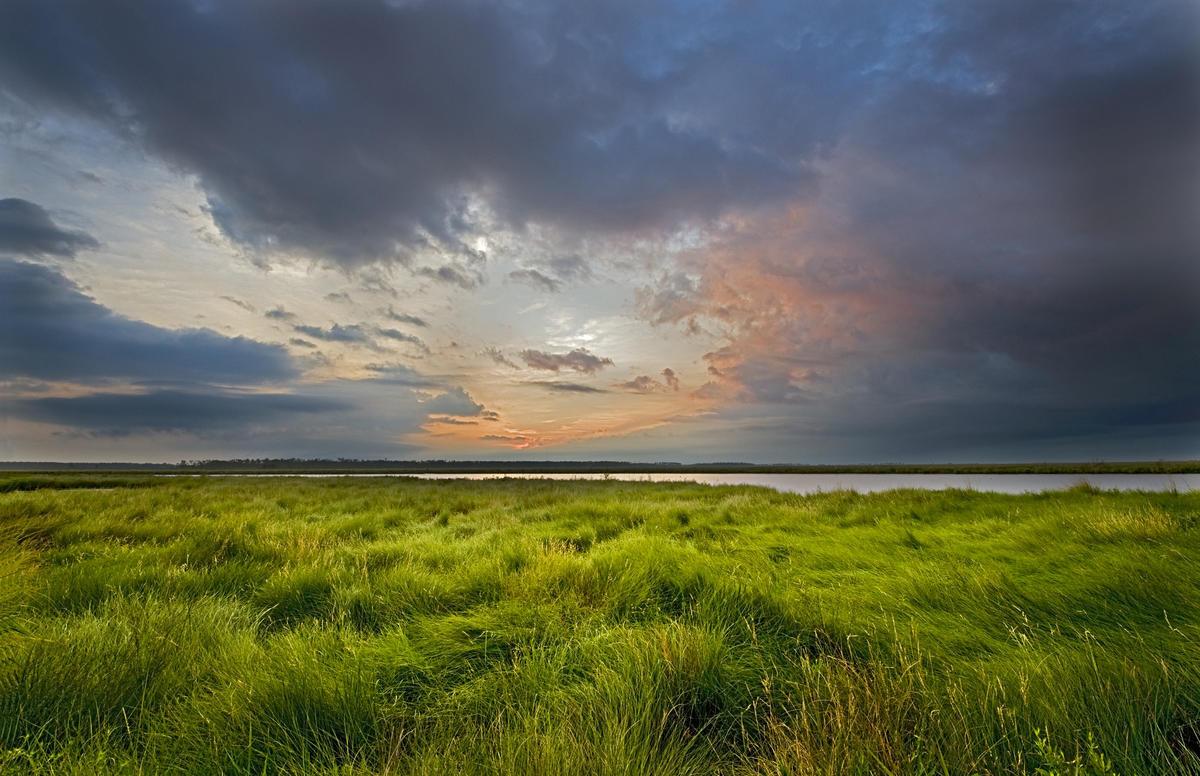
Wetlands can take many forms, such as cypress swamps; (Getty)
coastal plains strewn with moisture-loving wildflowers; (Getty)
and grassy marshes. (Tom Carlisle)
Louisiana is ground zero for wetland loss in the United States, with 2,000 square miles of wetlands lost since the 1930s. That loss, due to both natural subsidence and human engineering, is taking a toll on people and the economy. When Hurricane Katrina hit in 2005, the 40-mile-wide expanse of wetlands that once buffered the New Orleans region had largely disintegrated. Katrina’s monstrous 25-foot storm surge caused nearly 2,000 deaths and about $125 billion in damages.
To combat rising flood risks, Louisiana is rebuilding wetlands. In a remarkable feat of restoration, the state is opening up a channel in the MIssissippi River to carry muddy water into Barataria Bay, about 25 miles south of New Orleans. The project will build as many as 40 square miles of wetlands over the coming decades.
Inland flood protection
Even if they’re far from the coast, wetlands provide important flood protection by absorbing rainfall and flood waters from rivers. Inland marshes, bogs and fens stand ready to soak up extra water on the landscape, keeping it out of homes and holding it back from swelling rivers that might flood communities downstream.
Iowa has lost about 95% of its wetlands, according to the EPA, mostly to agricultural development. This loss has contributed to devastating flooding in the state, as climate change fuels heavier rainstorms and more precipitation in the region year-round.
The state and cities like Des Moines are working with conservation groups on natural solutions to help control floodwaters, including restoring wetlands called oxbow lakes. These former river channels can store and slow down raging floodwaters. They also help filter out nitrates, an agricultural pollutant that is especially harmful to infants.
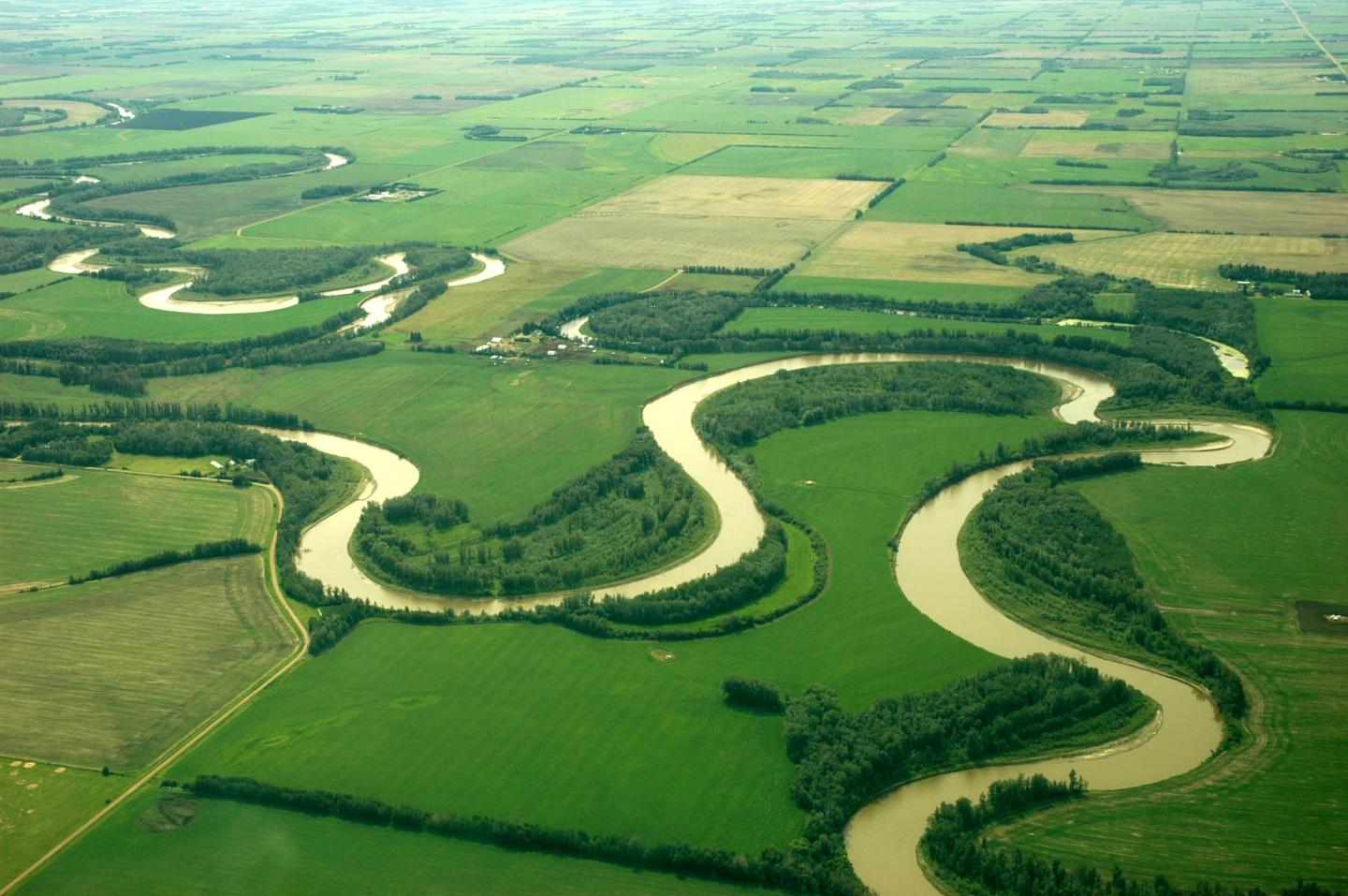
Precious wildlife habitat
Wetlands are incredibly productive ecosystems. Their shallow waters offer shelter and a density of nutrients where a variety of species can congregate. Millions of fish and birds rely on wetlands to feed and nurture their young. Approximately half of all endangered and threatened species in the U.S. spend part of their lives in wetland habitats, according to the U.S. Fish and Wildlife Service; one-third, like the tiny bog turtle and the carnivorous pitcher plant, which dines on insects, are found only in wetlands.
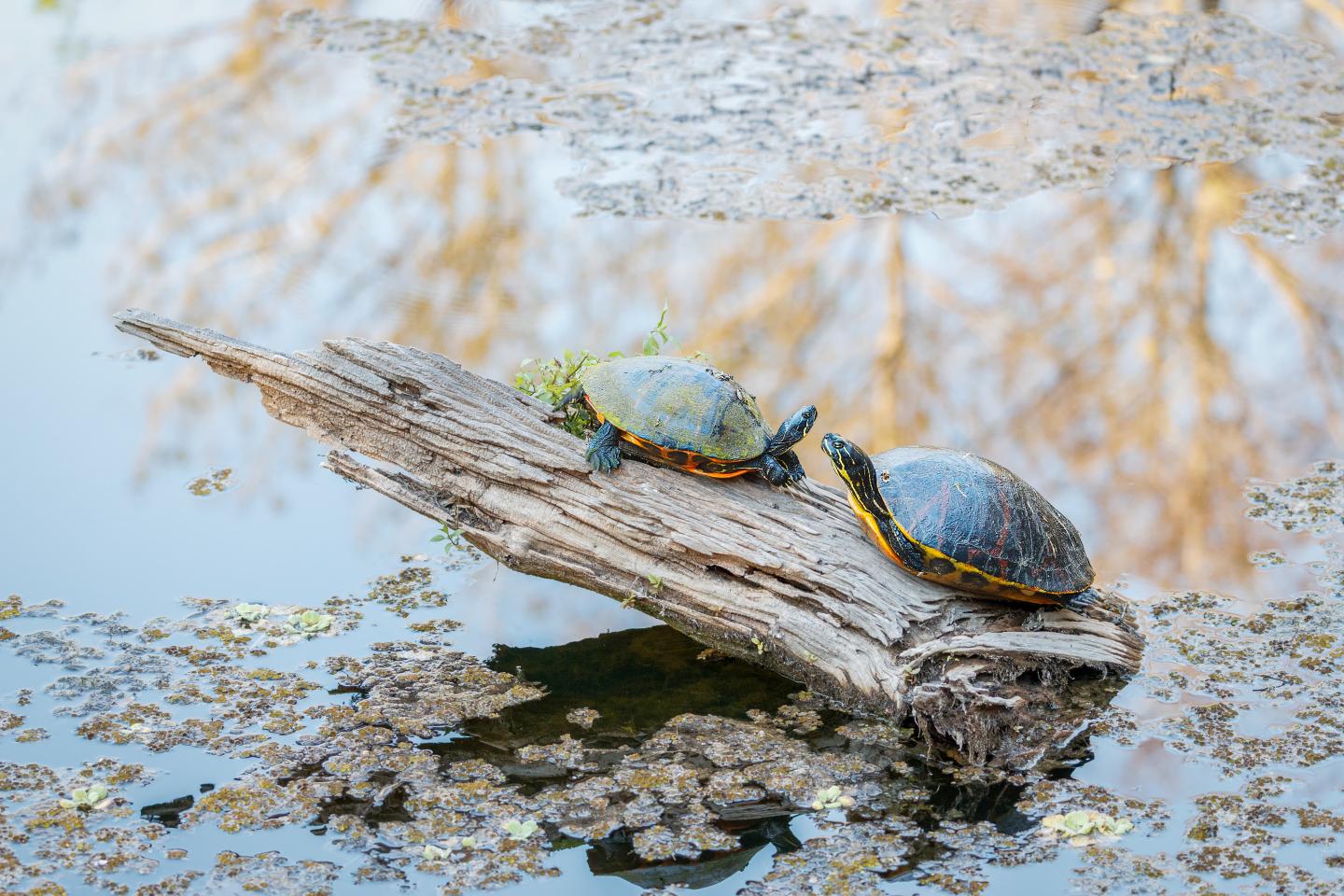
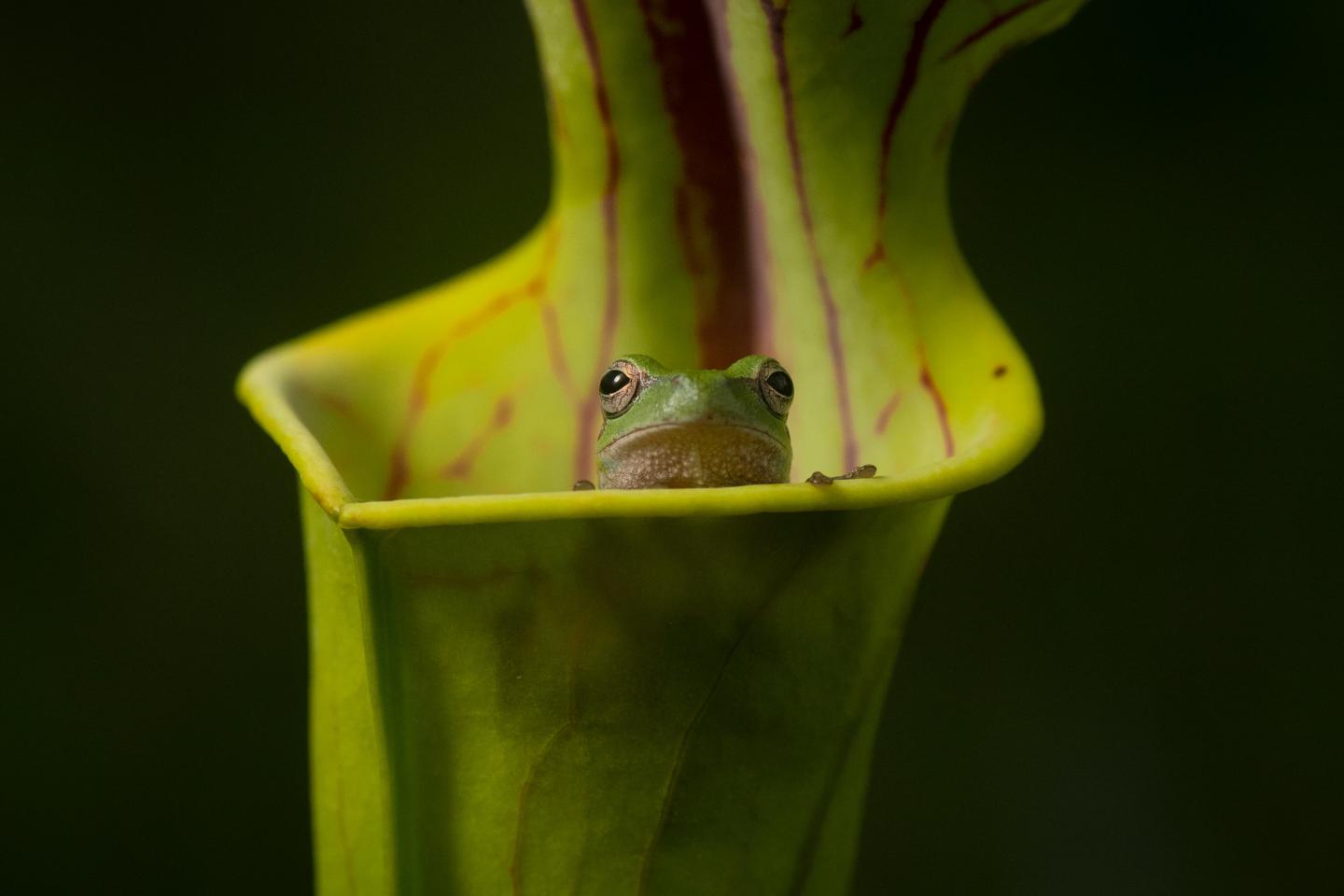
Bog turtles, the smallest and rarest turtles in North America, are found only in wetlands, as are American pitcher plants, which mostly eat insects. This frog is hoping to share a meal, not become one. (Getty)
Supreme Court decision strips protection
In 2023, the U.S. Supreme Court decided that wetlands which are not visibly and permanently connected to surface water — even if they are linked underground or during rains or snowmelt — are not protected by federal law.
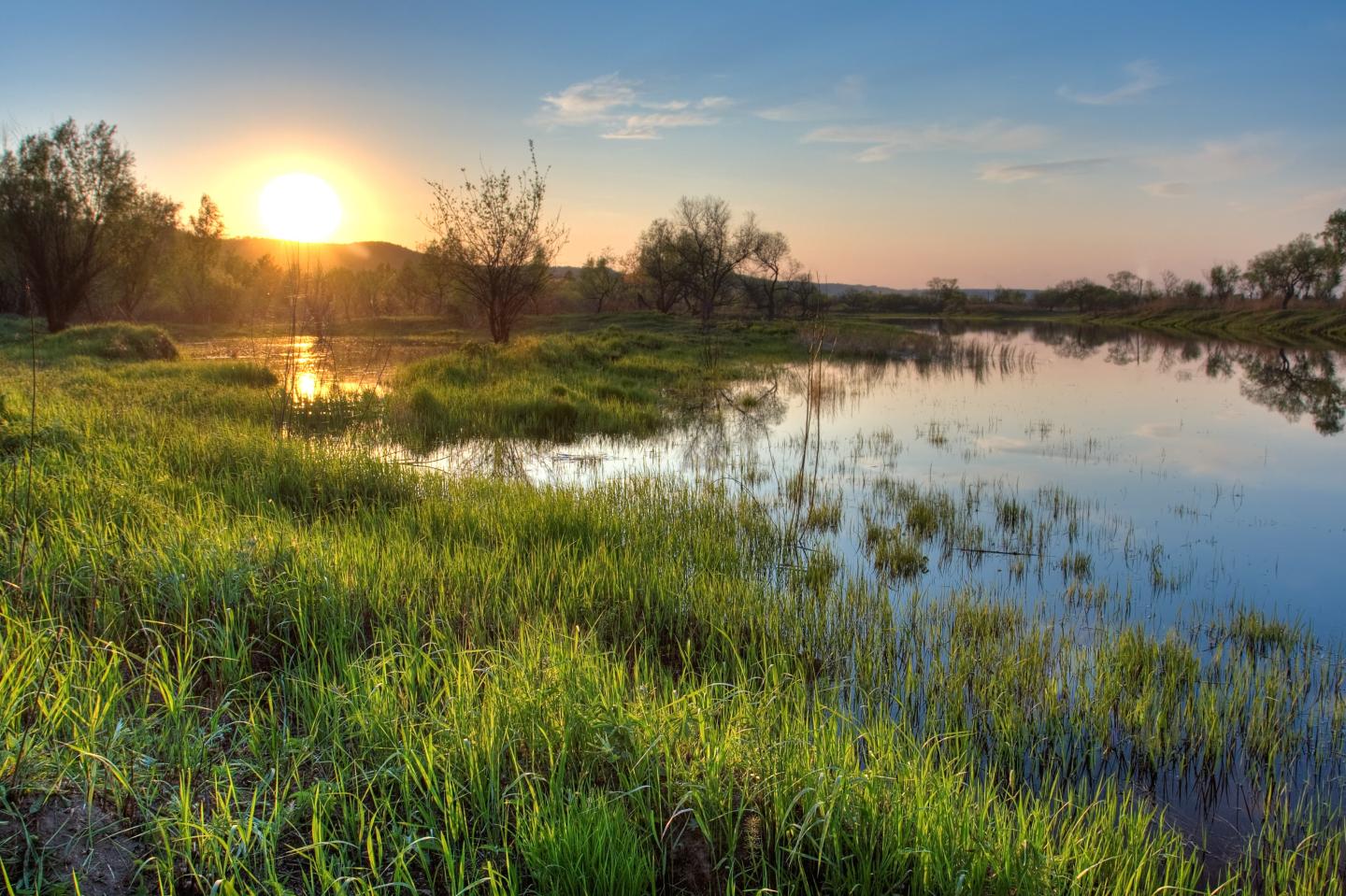
The decision leaves millions of valuable acres of wetlands at risk nationwide, according to an analysis by Adam Gold of Environmental Defense Fund. Many states do not have strong wetlands protections, and some, such as North Carolina, in legislation backed by real estate interests, have rolled back their protection to match the court’s decision.
“We now have 50 sets of state rules that can change with each election cycle,” says climate resilience advocate Kate Boicourt of EDF. “As climate change intensifies flood risks, we need the protection of wetlands more than ever.”
